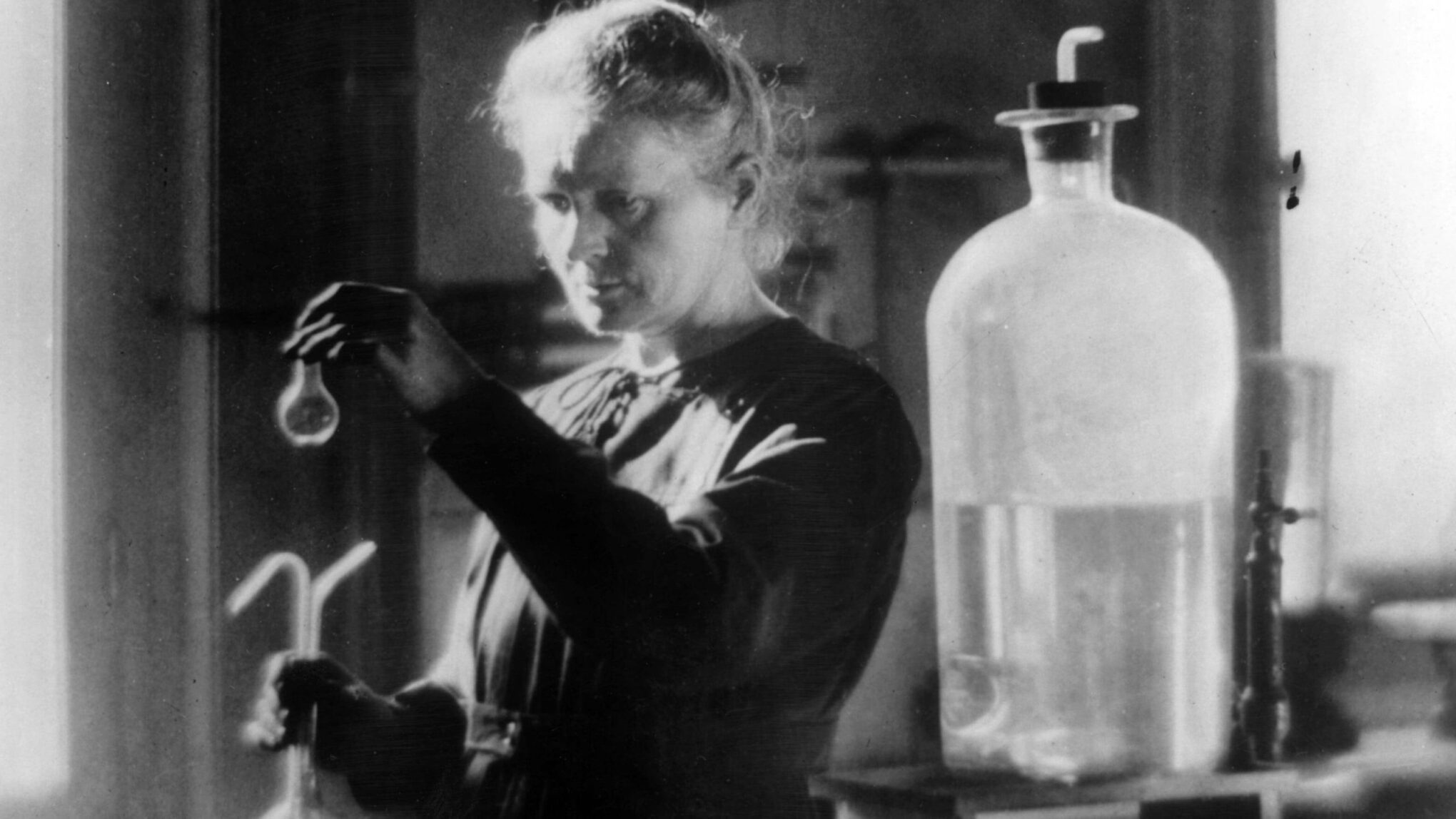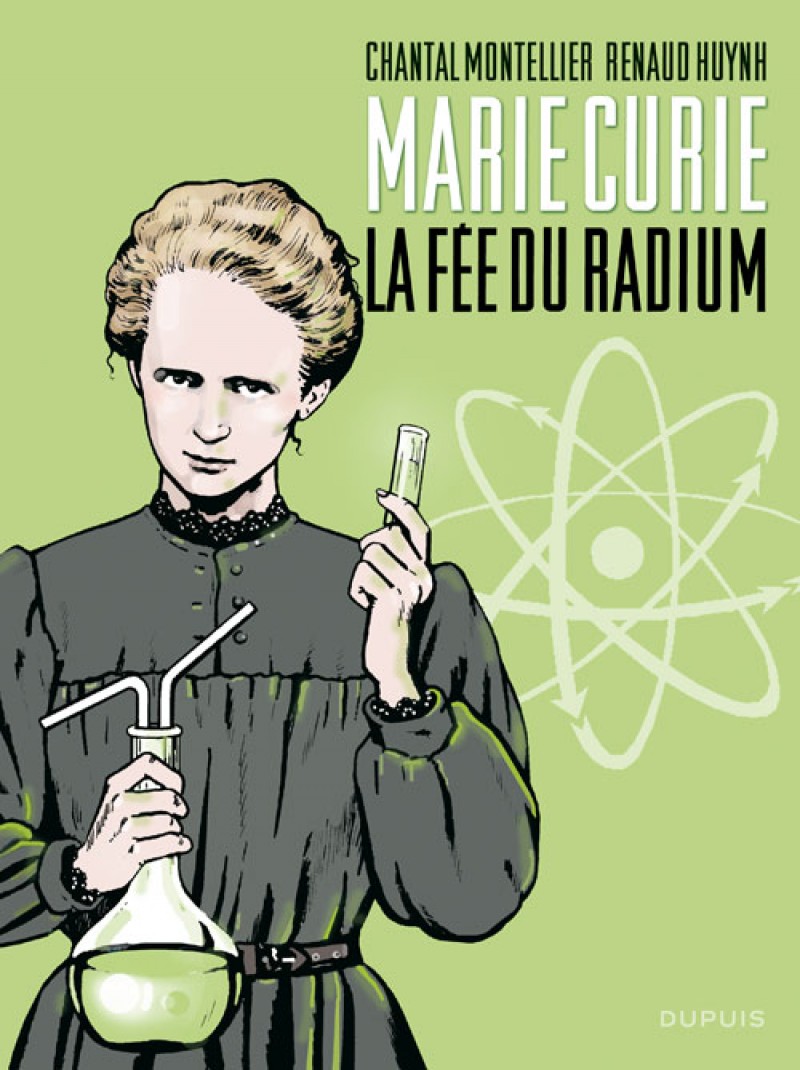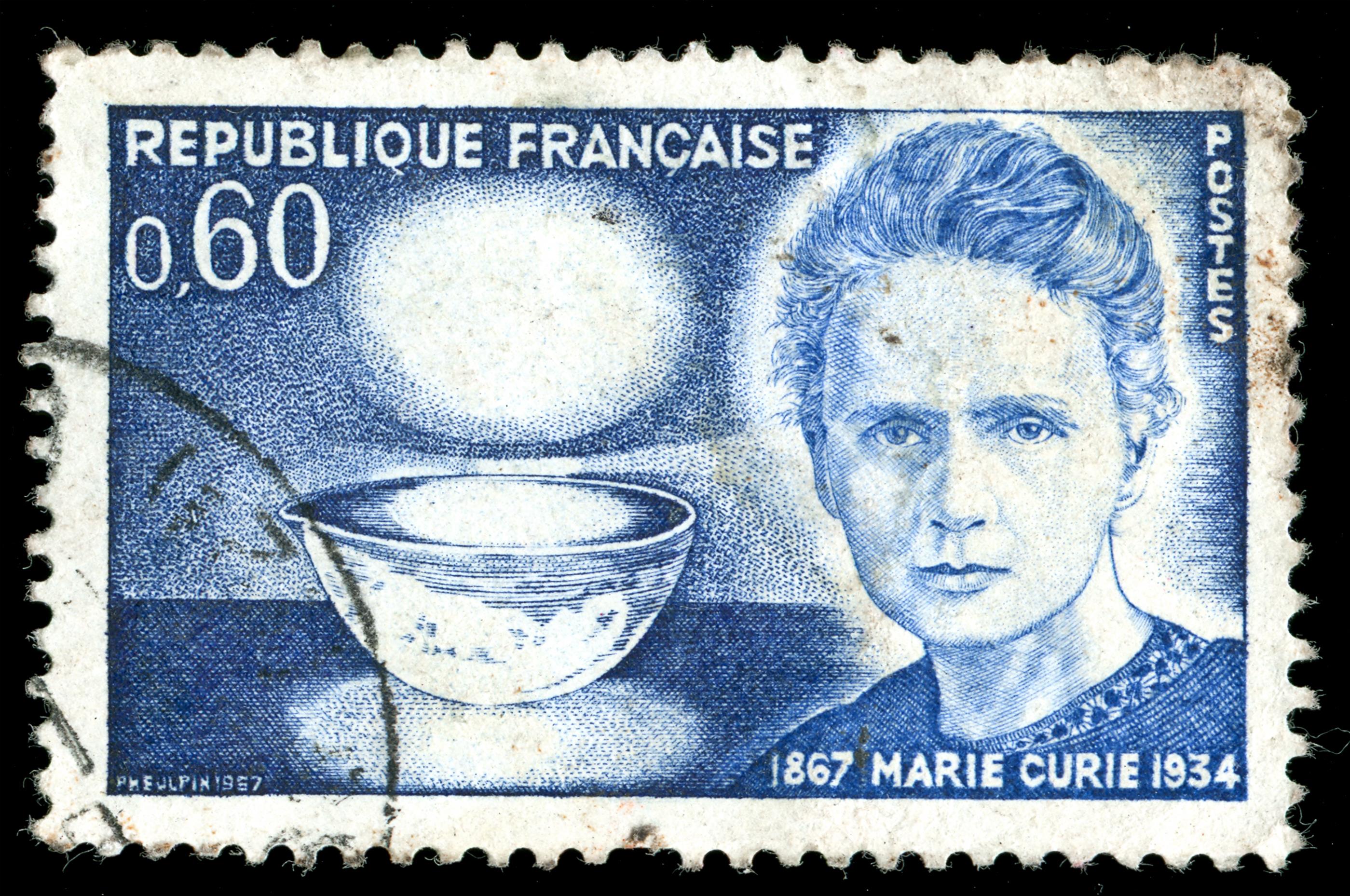

Radium has 33 known isotopes, with mass numbers from 202 to 234: all of them are radioactive. Isotopesĭecay chain of 238U, the primordial progenitor of 226Ra Radium has a density of 5.5 g/cm 3, higher than that of barium, again confirming periodic trends the radium-barium density ratio is comparable to the radium-barium atomic mass ratio, due to the two elements' similar crystal structures. Like barium and the alkali metals, radium crystallizes in the body-centered cubic structure at standard temperature and pressure: the radium–radium bond distance is 514.8 picometers. Both of these values are slightly lower than those of barium, confirming periodic trends down the group 2 elements. This tint rapidly vanishes on exposure to air, yielding a black layer of radium nitride (Ra 3N 2). Pure radium is a volatile silvery-white metal, although its lighter congeners calcium, strontium, and barium have a slight yellow tint. Its physical and chemical properties most closely resemble its lighter congener, barium. Radium is the heaviest known alkaline earth metal and is the only radioactive member of its group.

All isotopes of radium are highly radioactive, with the most stable isotope being radium-226, which has a half-life of 1600 years and decays into radon gas (specifically the isotope radon-222). Pure radium is silvery-white, but it readily reacts with nitrogen (rather than oxygen) upon exposure to air, forming a black surface layer of radium nitride (Ra 3N 2).

It is the sixth element in group 2 of the periodic table, also known as the alkaline earth metals.

In Susan Quinn’s fully dimensional portrait, we come at last to know this complicated, passionate, brilliant woman.Radium is a chemical element with the symbol Ra and atomic number 88. From the stubborn sixteen-year-old studying science at night while working as a governess, to her romance and scientific partnership with Pierre Curie – an extraordinary marriage of equals- we fell her defeats as well as her successes: her rejection by the French Academy, her unbearable grief at Pierre’s untimely and gruesome death, and her retreat into a love affair with a married fellow scientist, causing a scandal which almost cost her the second Nobel Prize.
#Marie curie radium full
From family documents and a private journal only recently made available, Susan Quinn at last tells the full human story. Despite these achievements, or perhaps because of her fame, she has remained a saintly, unapproachable genius. In 1911 she won an unprecedented second Nobel Prize, this time in chemistry, for isolating new radioactive elements. “One hundred years ago, Marie Curie discovered radioactivity, for which she won the Nobel Prize in physics. Marie Curie, A Life, by Susan Quinn, Da Capo Press, 1995


 0 kommentar(er)
0 kommentar(er)
